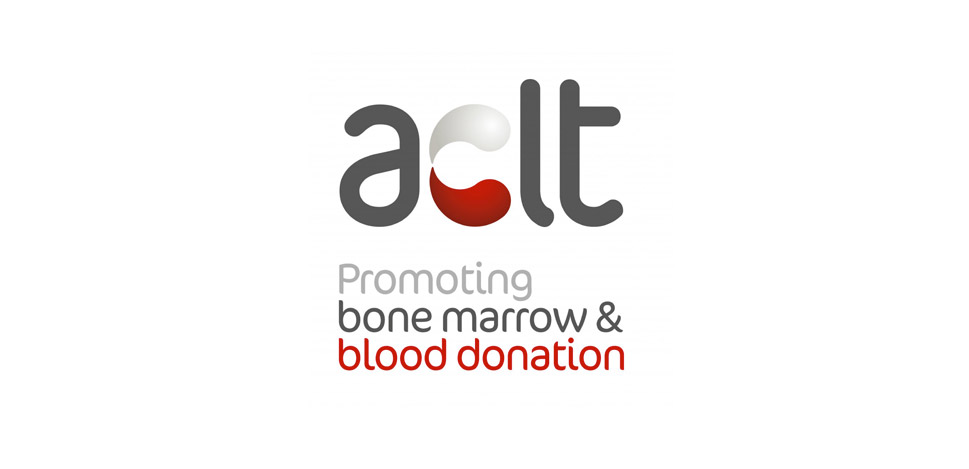EDUCATION & PARENTING
The Complex Tapestry of School Selection: Navigating the 'Head vs. Heart' Dilemma Faced by Black Parents
“Navigating the complex journey of school selection isn't just about academics—it's a heartfelt decision, especially for Black parents. Join the conversation on the "Head vs. Heart" dilemma, exploring the challenges, trade-offs, and proactive strategies to create more equitable and inclusive educational environments.”
Black Wall St. MediaContributor

The journey of choosing the right school for one’s children is a profound and complex endeavor, entangled in the delicate balance between academic excellence and the potential social and racial challenges the students may face.
Black parents, in particular, encounter a poignant dilemma—the “head versus heart” conundrum.
This decision-making process is fraught with trade-offs, forcing parents to navigate the intricate landscape of school selection with a keen awareness of the potential impact on their children’s academic success and personal development.
Racial Incidents and Emotional Turmoil: The heart-wrenching reality of racism in schools is an unfortunate reality for many black parents and their children.
Recent incidents, such as the creation of a racist blackface video accompanied by monkey sounds, not only shed light on overt acts of racism but also underline the systemic challenges that black children face in predominantly white educational environments.
The emotional toll on parents, resulting in sleepless nights and self-doubt, raises profound questions about the impact on a child’s sense of self and identity.
In this context, the “head versus heart” dilemma becomes a crucible for parental decision-making.

Daily Challenges Beyond Racism:
The challenges black children face in predominantly white educational settings extend beyond explicit acts of racism.
A significant factor is the lack of representation among teachers, resulting in a dearth of role models who share similar racial backgrounds.
The isolation of being an “only” in classrooms often leads to social exclusion and hampers the building of peer relationships crucial for a child’s development.
Additionally, black children are burdened with the responsibility of being the representative minority, perpetually tasked with explaining or representing all black people, adding layers of complexity to their educational experiences.
Educational Trade-Offs:
The constant tension of the “head versus heart” dilemma compels black parents to make challenging decisions that extend beyond academic considerations.
Witnessing the collateral damage to their children’s self-confidence, some parents choose to opt for alternative educational environments.
One such example involves a black educator who withdrew his fifth-grade son from his city’s most elite private school, placing him in an all-black male academy.
This poignant decision underscores the delicate balance parents must navigate—a pursuit of educational success while safeguarding the emotional and racial well-being of their children.

Concerns Beyond Racism:
Beyond explicit racial incidents, black parents express valid concerns about how blacks are represented in the curriculum and the overrepresentation of black children in special education.
Their treatment by school staff is another critical factor, with many reporting experiences of being ignored, talked over, and talked down to.
Mitigating the Risk:
To mitigate the risks associated with predominantly white educational environments, some parents engage in proactive strategies.
These include seeking diverse extracurricular activities, such as sports programs, after-school programs, and summer camps, that offer more cultural affirmation.
However, these efforts demand additional roles from parents—acting as school advocates, bias watchdogs, cultural cheerleaders, and everyday therapists.
The exhaustion resulting from these additional responsibilities underscores the substantial burdens placed on black parents.
Guidance for Black Parents:
Navigating the challenges presented by the “head versus heart” dilemma requires collective action and advocacy.
Organizing within communities becomes a crucial step, providing a united front to address racial disparities and advocate for change.
Black parents are encouraged to ask schools informed questions, probing into their understanding of terms like racial equity, anti-bias ideologies, and trauma-informed practices.
Ensuring that a school prioritizes social and emotional safety at its core is essential.
These steps contribute to a more informed decision-making process for parents seeking an educational environment that aligns with their values and concerns.

Due Diligence for All Parents:
The challenges discussed in the context of predominantly white educational environments extend beyond racial considerations and resonate with parents of all backgrounds.
Parents, irrespective of race, should engage in due diligence when selecting schools for their children.
This involves inquiring about the school’s understanding of terms like racial equity, anti-bias ideologies, and trauma-informed practices.
Furthermore, understanding the school’s definition of diversity and its policies regarding social events is crucial.
The concept of “diversity” itself varies among schools, encompassing family composition, address, gender, religion, race, nationality, and socioeconomic status.
Parents need to clarify what type of representation is important to them and ensure that the school’s diversity goals align with their values.
The “head versus heart” dilemma remains a poignant and intricate challenge for black parents navigating the educational landscape.
By asking critical questions, organizing collectively, and advocating for change, parents can work towards fostering more equitable and inclusive educational environments for all children.
This extended and detailed exploration underscores the complexity of the decision-making process, emphasizing the need for a thoughtful and informed approach to ensure the well-being and success of students in diverse educational settings.
Black Wall St. MediaContributor











